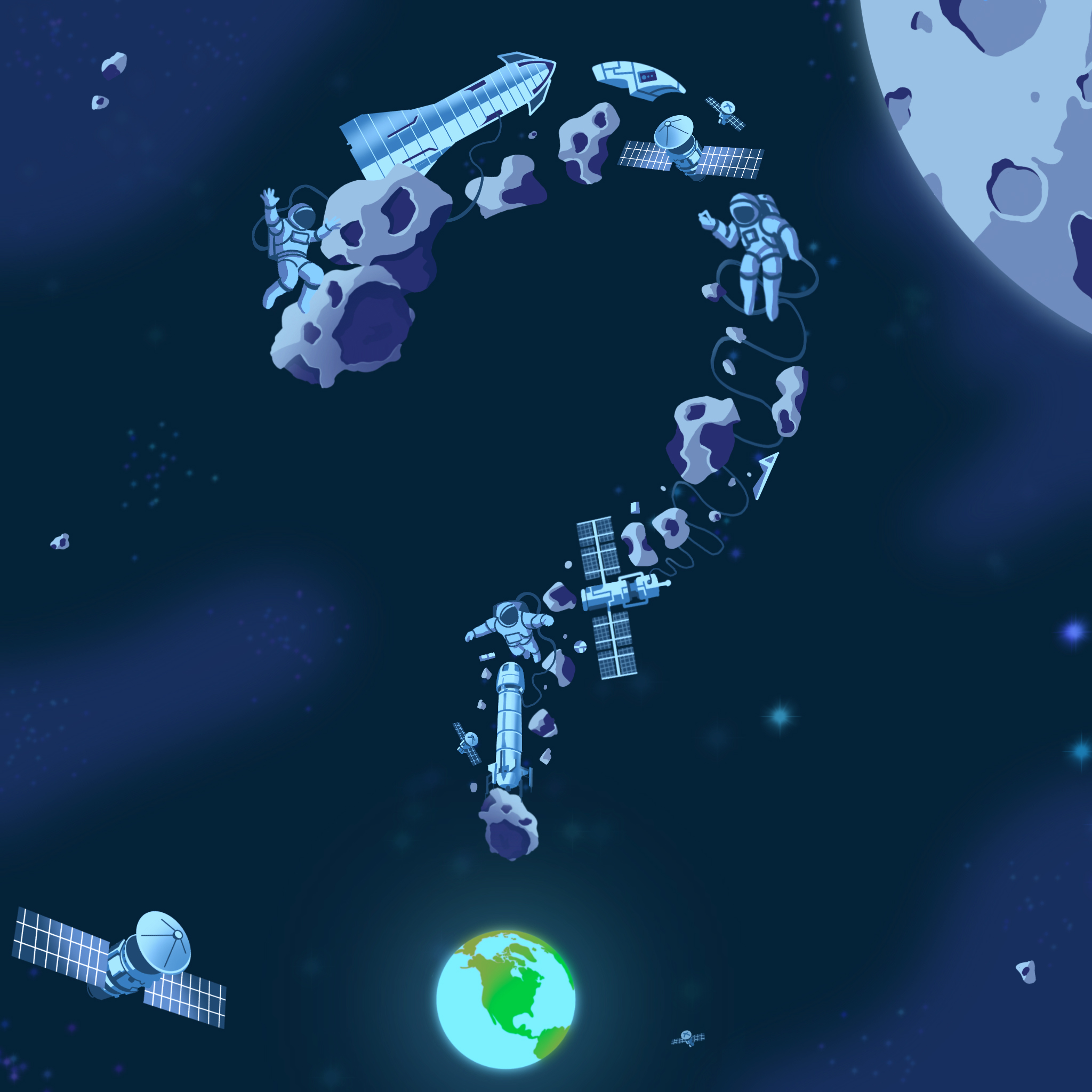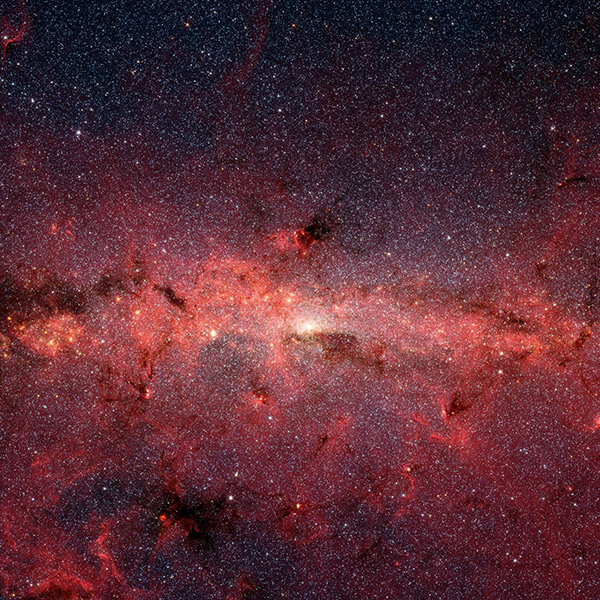Space
 Society
Society
The final frontier… for law
The rise of space tourism, an increase in potentially dangerous space debris, the possibility of asteroid mining – as the technologies associated with space exploration continue to advance, an award-winning book by legal scholar Michael Byers asks if international law is keeping pace.
 Culture
Culture
An out-of-this-world composition
Composer Sophie Kastner, MMus’22, recently took part in a unique collaboration with NASA, creating a vivid piece of music about the Milky Way based on data about the galaxy that has been gleaned by the Chandra, Hubble and Spitzer space telescopes.
 People
People
On the front lines of a historic space test
Earth-threatening asteroids have been the subjects of films like Armageddon and Don’t Look Up. Julie Bellerose, BEng’03, played a major role in a NASA project that proved that menacing asteroids can be knocked off course.
 People
People
At the helm for Canada’s next chapter in space
The next few years will see a surge in space activity, with a new space station (and a new Canadarm) being built, and a lunar mission on the horizon for a Canadian astronaut. As the president of the Canadian Space Agency, Lisa Campbell, BA'88, will be playing an important role.
 Discovery
Discovery
“Talking” to Perseverance: A Mars veteran’s new mission
Did life exist on Mars about 3.7 billion years ago? Telecom systems engineer Peter Ilott, BSc’80, PhD’88, has been part of four successive NASA rover missions to the red planet.
 Discovery
Discovery
A blood test for the new space age
The McGill graduates behind Sensoreal created a unique device to test blood that's about the size of a smartphone. Currently being tested on the International Space Station, It could be an ideal technology for keeping tabs on the health of astronauts.
 Discovery
Discovery
This pioneering Arctic scientist is on NASA’s radar
What do MARS (the McGill Arctic Research Station) and Mars (the red planet) have in common? The Answer: Wayne Pollard. For almost 40 years, Pollard has carried out pioneering work in exploring Arctic waters, from perennial springs to permafrost and ground ice.
 Discovery
Discovery
To boldly go where few Earth germs have gone before
Astronauts aren’t the only living creatures on the International Space Station. Thanks to a genomic methodology co-developed by McGill’s Emmanuel Gonzalez, we now know that the ISS is also home to a “diverse bacterial ecosystem that we never expected.”
 People
People
Protecting our heritage sites – in outer space
The Taj Mahal and the Acropolis are both international heritage sites. For All Moonkind’s Michelle Hanlon, LLM’17, wants the same type of protection for historical archaeological sites on the Moon.


